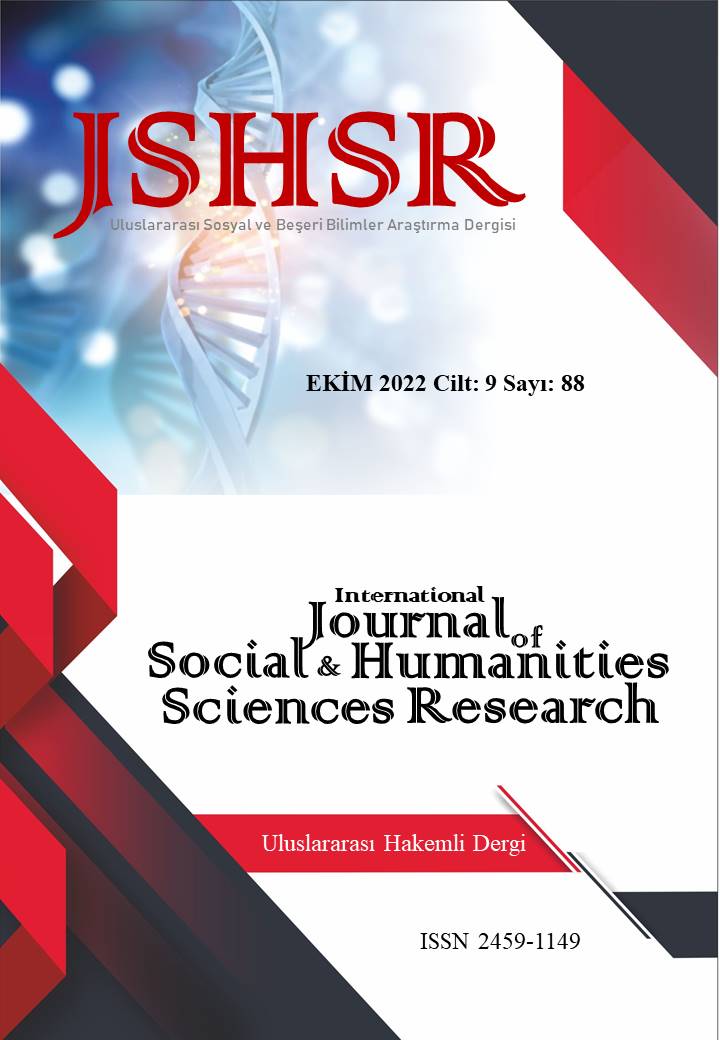THE MONGOLIAN MIRACLE: ACCORDING TO 13TH-CENTURY SOURCES REASONS FOR THE SUCCESS OF THE MONGOLIAN INVASION
DOI:
https://doi.org/10.26450/jshsr.3262Keywords:
Middle ages, Mongol invasion, 13th century, Military historyAbstract
The Mongol invasion is the name of a medieval phenomenon that affected most of the Asian continent and a part of the European continent throughout the 13th century. It caused radical changes in the social, economic, political, and religious structures in the region it affected. The invasion, which started in the first quarter of the 13th century, reached its peak towards the end of the same century and left its place in a period of relative peace by the 14th century. In the sources of the 13th century, there was uncertainty and confusion about the first periods of the Mongolian invasion, but this situation was left to sociological analyzes with the acceleration of diplomatic initiatives over time. Similarly, the perception that the invasion is the manifestation of a divine will have left its place to the efforts to reveal the reasons behind the success of the Mongols. The global scale of the invasion constitutes a unique example in terms of comparing how the event was viewed in the historiography of the 13th century. In our study, we investigate the reasons behind the success of the Mongol invasion through the eyes of historians of the 13th century
Downloads
Published
How to Cite
Issue
Section
License
Copyright (c) 2023 INTERNATIONAL JOURNAL OF SOCIAL HUMANITIES SCIENCES RESEARCH

This work is licensed under a Creative Commons Attribution 4.0 International License.


